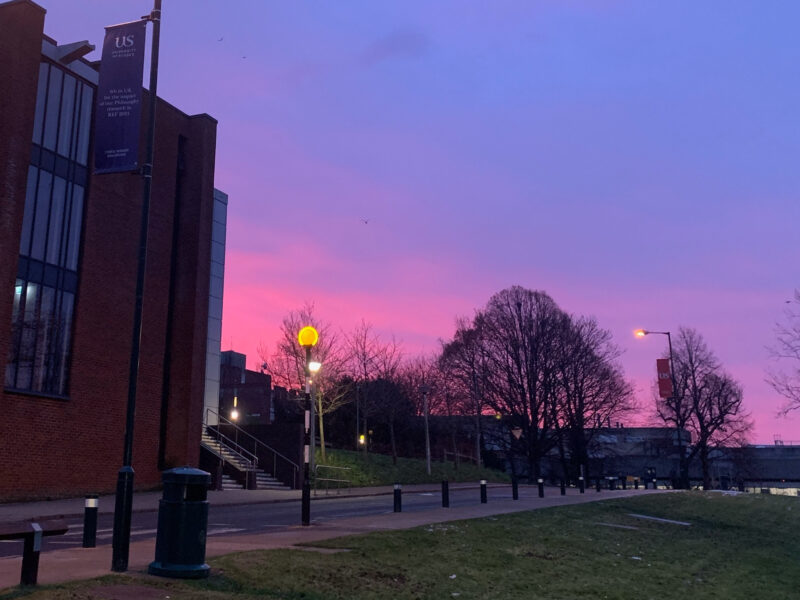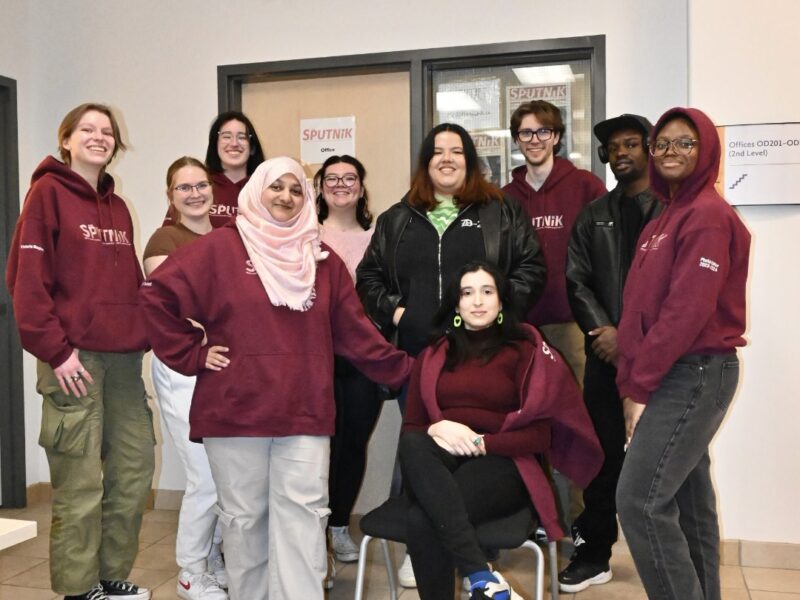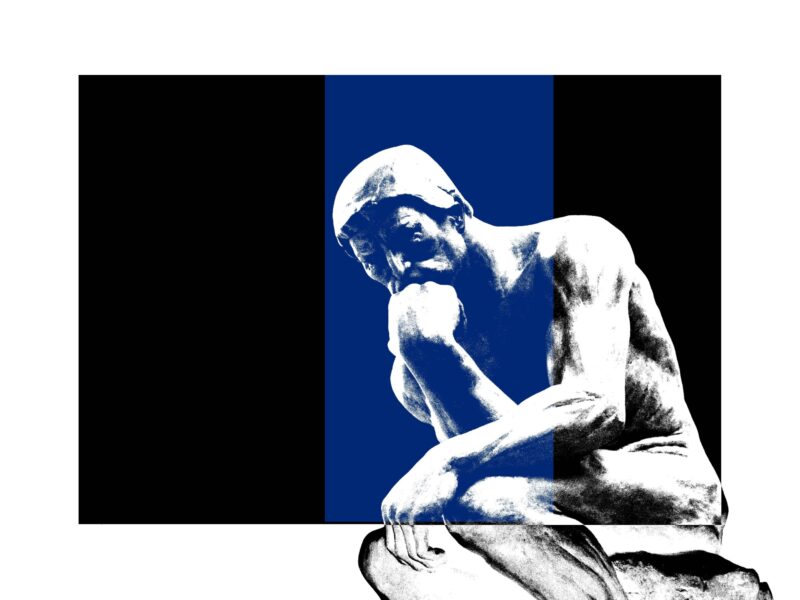Students around the country are beginning to enjoy and embrace the benefits of a multicultural classroom. The student bodies of Canadian universities have become increasingly diverse and, as a result, students are more understanding of the cultural pieces within this country’s mosaic.
World issues, for example, are far better discussed in a classroom with students from all over the globe. Even apart from cultural boundaries, a classroom with a diversity of opinion is a healthy classroom. This all seems bright and dandy, and it usually is. Except, one time, I attended a lecture for my Indigenous People in a Contemporary World course where a debate about Canada’s first people erupted.
Without disclosing the gory details that come along with any passionate debate, I will say that some comments made by fellow “understanding” students led me to question how aware we actually are.
Just because we don’t see it doesn’t mean it is not there. How positive were these students that no First Nations people were in the classroom? They could not have been.
Often in today’s classroom, students share their opinions without taking into account who is listening. Many factors contribute to diversity, including but exclusive to those that are visible and quantifiable. For example, you can’t see someone’s political views, spiritual beliefs, morals, and sexual orientation or, in most cases, their religion. Even culture is not always visible.
The multicultural classroom has made us ignorant of the diversity that cannot be seen by the human eye. Of course, you can’t always please everyone but students must be more cognizant of their surroundings. It is not always about color. Skin-deep multiculturalism and inclusion is now as equally dated as racism. The classroom should be a sanctuary for authenticity of opinion. However if a group is attacked or misrepresented, it should not be rendered defenseless because there is no visible representation in the room. The interests of all students should be protected.
Watching an honest debate from an invisible vantage point exposes opinions that otherwise may not be heard. A fair-skinned Aboriginal student with no visible ties to their culture and going otherwise unnoticed by fellow students would learn a lot about others’ perception of their people. A feminist in a predominately male political discussion or the religious student listening to a discussion on the downside to religion would have a similar experience.
The invisible groups within the student body need to speak up. Students who are culturally aware would be even more understanding if they were enlightened by the greater diversity of opinion that exists in 21st century post-secondary education institutions in Canada.
Making Canada’s classrooms the most diverse and inclusive would require not only for the visible to be protected but the invisible to be seen and shared.



